How to Choose the Right Led Linear Lighting for Your Space
When it comes to illuminating a space effectively and stylishly, choosing the right LED linear lighting is critical. The global LED lighting market was valued at approximately $38 billion in 2021 and is projected to reach over $100 billion by 2029, reflecting a growing preference for energy-efficient options.
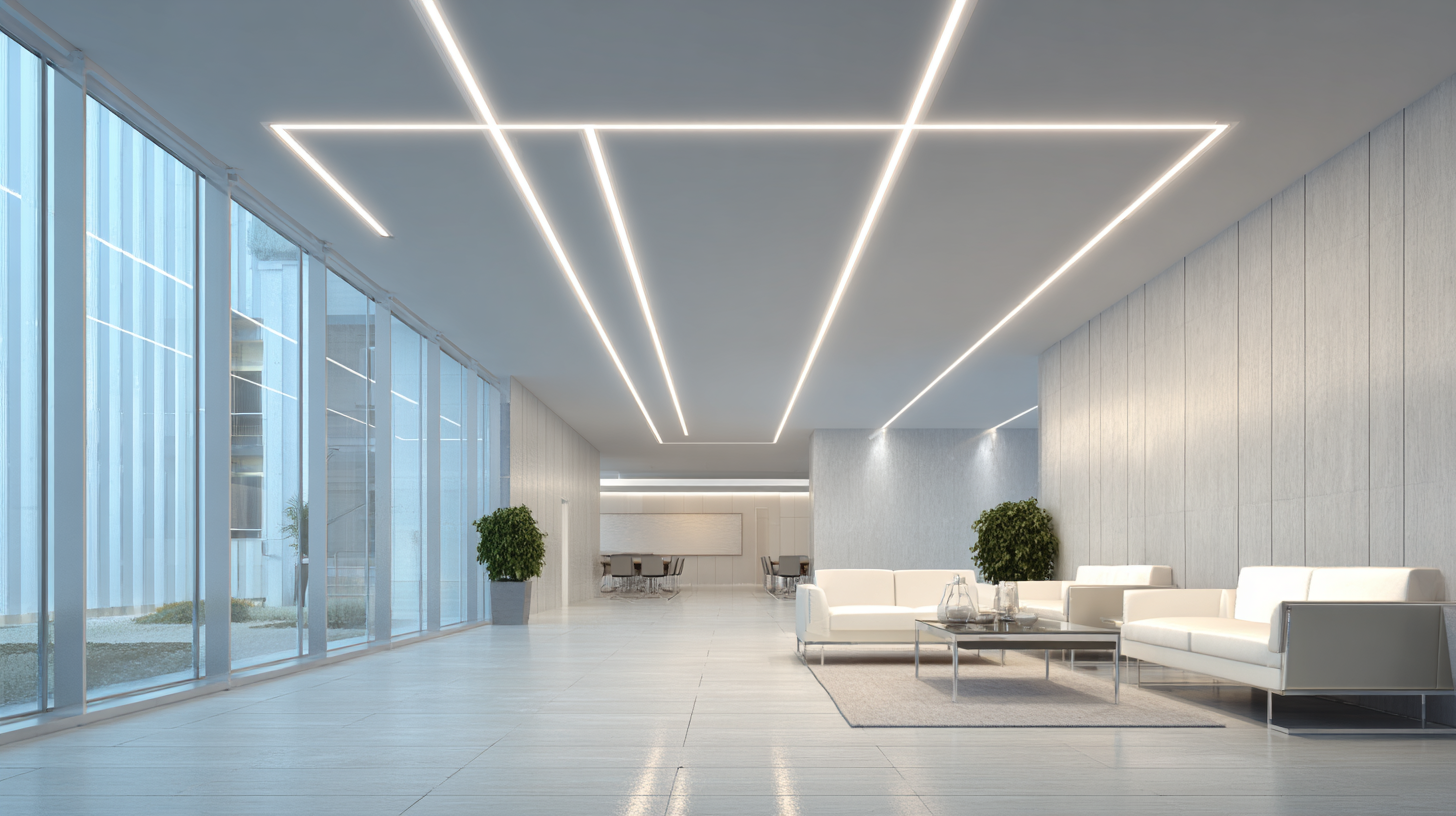
LED linear lighting is particularly advantageous due to its long lifespan, reduced energy consumption, and versatility in applications, ranging from commercial to residential environments. According to a recent industry report, switching to LED-based solutions can yield energy savings of up to 80% compared to traditional lighting.
As architects, designers, and homeowners seek to enhance aesthetics while adhering to sustainability goals, understanding the factors that influence LED linear lighting choices—such as lumens, color temperature, and design—becomes essential for achieving the right ambiance and functionality in any given space.
Understanding Your Space: Assessing Lighting Needs and Functionality
When selecting LED linear lighting for your space, it’s essential to first assess your lighting needs and functionality. Understanding the dimensions, colors, and purpose of the area will guide you in choosing the appropriate luminance and fixture type. According to a 2021 report by the Lighting Research Center, 70% of individuals in a workspace report increased productivity with proper lighting, emphasizing the impact of illumination on performance and mood.
Tips: Start by measuring the area and considering the natural light sources. Evaluate the activities that will take place in the space—whether it's for reading, working, or socializing. This will determine the required brightness levels, typically ranging from 300 to 500 lux for office environments.
Moreover, consider the color temperature that aligns with your functionality needs. A warmer light (around 2700K to 3000K) is suitable for relaxed environments, while cooler tones (4000K to 5000K) are preferable for task-oriented areas. The U.S. Department of Energy's 2022 report indicates that choosing the right color temperature can enhance visual clarity by up to 60%. By thoughtfully evaluating your space’s requirements, you can make an informed decision that not only meets aesthetic standards but also optimizes functionality.
Types of LED Linear Lights: Choosing the Right Style for Your Aesthetic
When it comes to selecting LED linear lights, understanding the various types available is essential to achieving your desired aesthetic. LED linear lights can be categorized into several styles, including recessed, surface-mounted, and pendant designs. Recessed linear lights are perfect for a minimalist look, seamlessly integrating into the ceiling for a clean finish. According to a report by the Lighting Research Center, recessed fixtures contribute to better spatial perception, making a room appear larger and more open.
Surface-mounted options, on the other hand, offer versatility and design flair. They come in various finishes, allowing you to match your lighting to the existing decor. For instance, a brushed metal or matte finish can complement industrial or modern themes. According to the U.S. Department of Energy, adopting stylish yet energy-efficient fixtures can lead to overall lighting savings of up to 50% compared to traditional systems.
Tips: When selecting your lighting, consider the color temperature of the LED lights. Warmer tones (2700K-3000K) enhance cozy atmospheres, perfect for living spaces, while cooler tones (4000K-5000K) lend a contemporary feel to workplaces. Additionally, think about the height of the fixtures; pendant lights should hang approximately 30-36 inches above tables to ensure optimal illumination.
LED Linear Lighting Types and Their Aesthetic Appeal
Determining the Right Brightness: Lumens and Color Temperature Explained
When selecting LED linear lighting for your space, understanding lumens and color temperature is crucial for achieving the right ambiance and functionality. Lumens measure the total amount of visible light emitted by a source; thus, the higher the lumens, the brighter the light. According to the Lighting Research Center, for residential spaces, a recommended brightness level is approximately 100-200 lumens per square meter. This ensures that areas such as kitchens or dining rooms have sufficient light for tasks while maintaining a comfortable atmosphere.
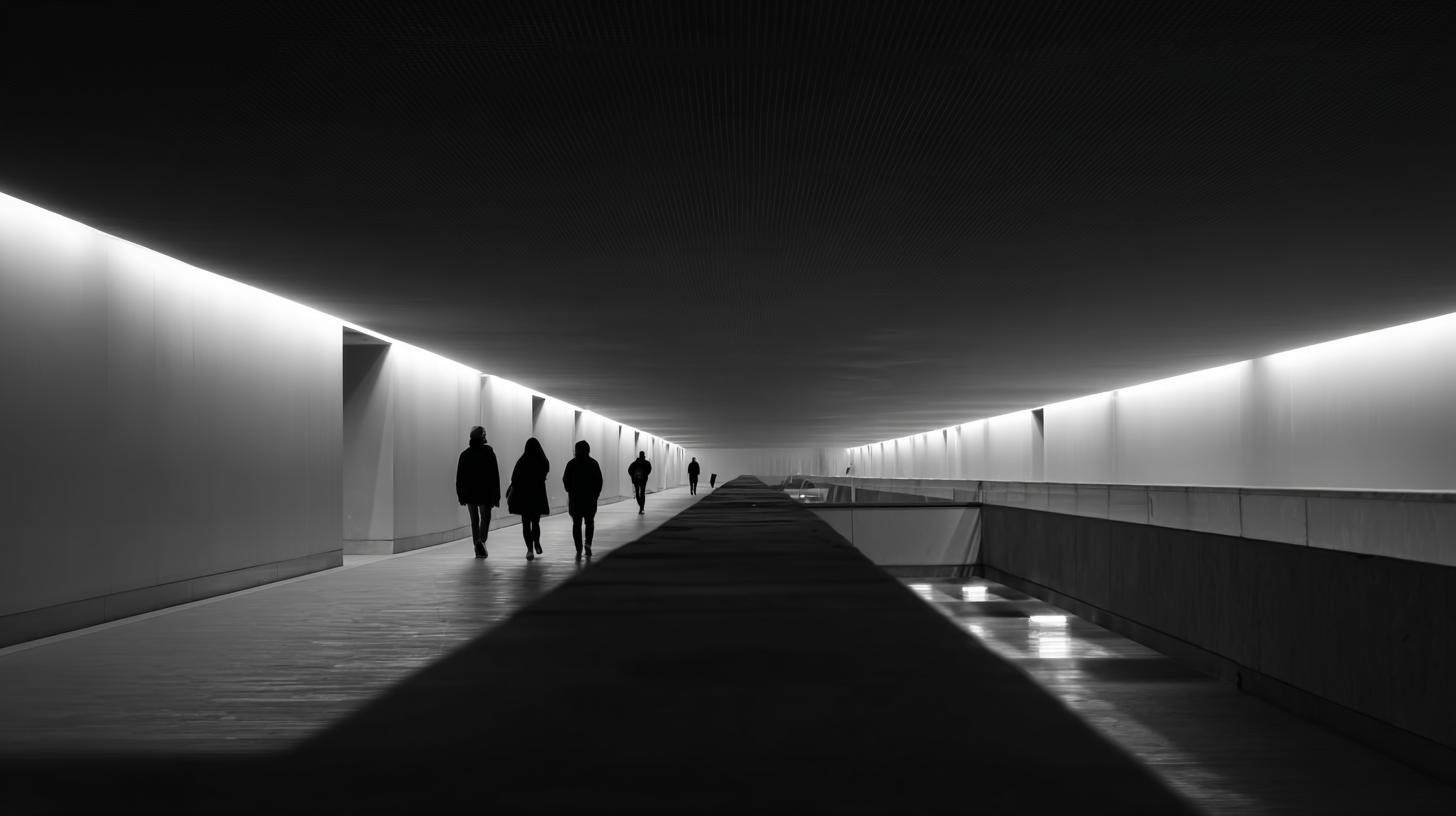
Color temperature, measured in Kelvin (K), affects the mood and appearance of a space. A range of 2700K-3000K produces a warm white light, ideal for residential areas, fostering a cozy environment. On the other hand, cooler temperatures of 4000K-5000K not only enhance visibility but are also suitable for commercial settings where productivity is critical.
As per a report by the National Electrical Manufacturers Association, proper consideration of both lumens and color temperature can significantly impact human productivity, with the right lighting improving energy levels and reducing eye strain by up to 30%. Therefore, evaluating these factors can result in a well-illuminated space that enhances both functionality and ambiance.
Placement and Installation: Maximizing Light Distribution and Effect
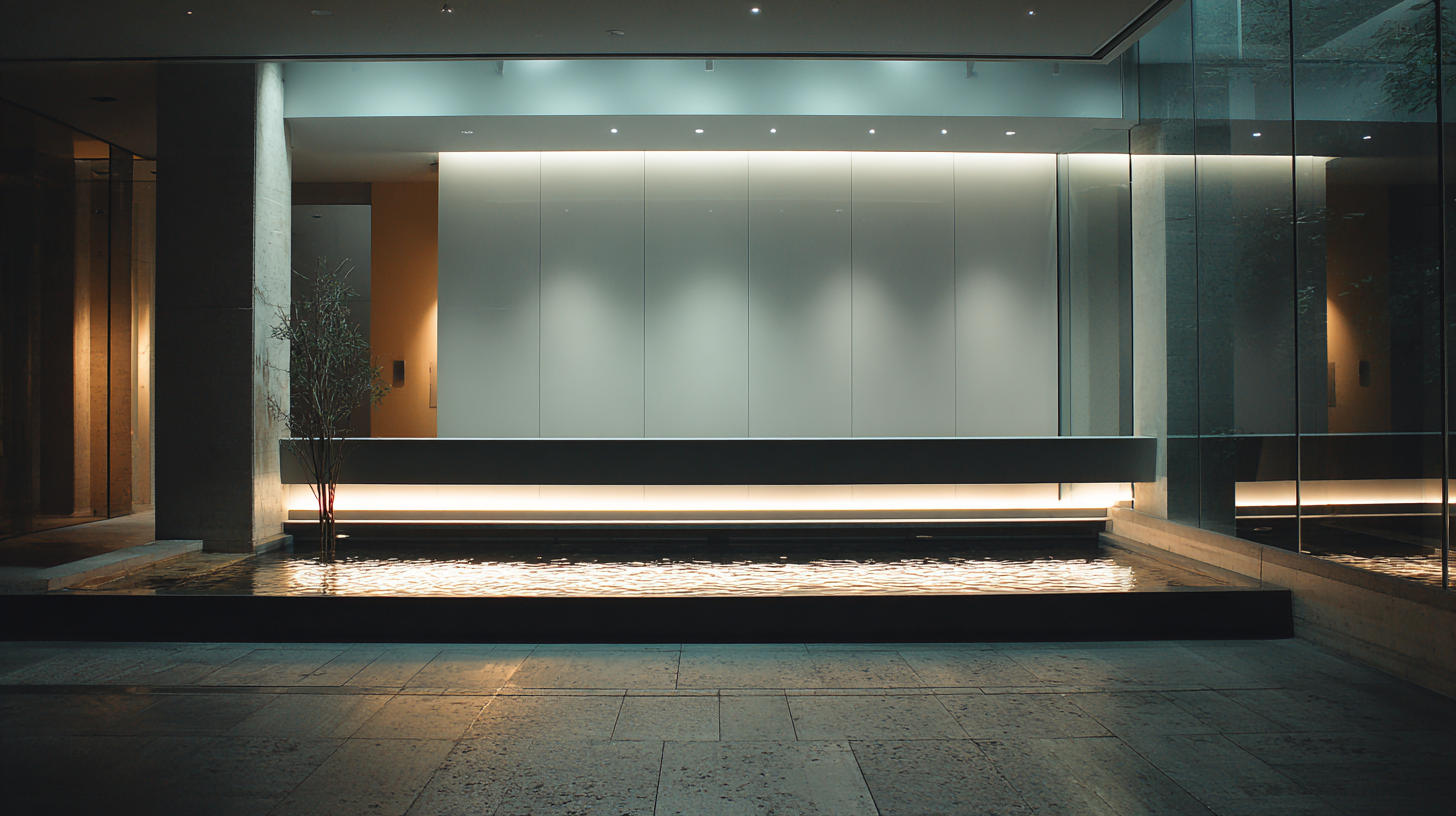 Placement and installation are critical factors when it comes to
maximizing light distribution and effect in any space. First, it is essential to consider the function of the area you are illuminating.
For task-oriented spaces like kitchens or workspaces, LED linear lighting should be
installed directly above work surfaces to provide focused illumination. In contrast, for ambient lighting
in living areas, placing the fixtures along the perimeter of the room can create a balanced distribution of light, enhancing the overall atmosphere.
Placement and installation are critical factors when it comes to
maximizing light distribution and effect in any space. First, it is essential to consider the function of the area you are illuminating.
For task-oriented spaces like kitchens or workspaces, LED linear lighting should be
installed directly above work surfaces to provide focused illumination. In contrast, for ambient lighting
in living areas, placing the fixtures along the perimeter of the room can create a balanced distribution of light, enhancing the overall atmosphere.
Moreover, the height at which LED linear lights are installed significantly impacts their effectiveness.
Installing lights too high may result in insufficient illumination, while too low can cause harsh shadows. Ideally, lights should be positioned
between 7 to 10 feet from the floor to achieve optimal light diffusion. Additionally, staggering fixtures
or using dimmers can help fine-tune the light intensity, allowing for versatility depending on the time of day or activity. Careful
consideration of these placement and installation strategies will ensure that your LED linear lighting
enhances both functionality and aesthetics in your space.
Energy Efficiency and Longevity: Evaluating Cost-Effectiveness of LED Lighting
When selecting LED linear lighting, energy efficiency and longevity are crucial factors that significantly impact the cost-effectiveness of your investment. Unlike traditional lighting options, LED fixtures consume far less energy, which translates into reduced electricity bills. By providing the same amount of light using a fraction of the power, LEDs can help lower overall energy consumption, making them an environmentally friendly choice. Moreover, many LED products are designed to last up to 25,000 hours or more, drastically reducing the frequency of replacements and maintenance costs over time.
Evaluating the total cost of ownership for LED lighting involves considering both initial purchase prices and long-term savings. While the upfront cost of LED linear lights may be higher compared to conventional options, the energy savings and the longevity of the fixtures often offset this initial expense. It's essential to calculate potential savings based on usage and local electricity rates to determine whether LED lighting will deliver significant economic advantages in the context of your specific space. By making a well-informed decision, you can maximize both energy efficiency and cost-effectiveness in your lighting design.
How to Choose the Right Led Linear Lighting for Your Space - Energy Efficiency and Longevity: Evaluating Cost-Effectiveness of LED Lighting
| Lighting Type | Wattage (W) | Lifespan (hours) | Lumens Output | Cost per Year ($) | Initial Cost ($) |
|---|---|---|---|---|---|
| Standard LED | 20 | 50,000 | 2200 | 15 | 60 |
| Premium LED | 15 | 60,000 | 1800 | 10 | 80 |
| Economy LED | 25 | 30,000 | 2500 | 20 | 50 |
| Smart LED | 10 | 50,000 | 900 | 8 | 120 |
Related Posts
-
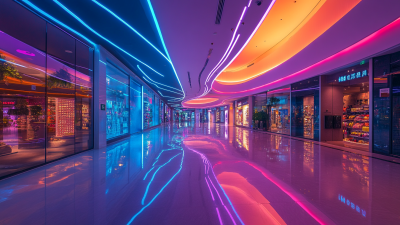
7 Essential Insights for Sourcing LED Linear Lighting Efficiently
-

Unlocking Energy Efficiency with Best Led Linear Lighting Solutions for Global Buyers
-

10 Ways to Choose the Perfect Led Wall Lights for Your Home
-
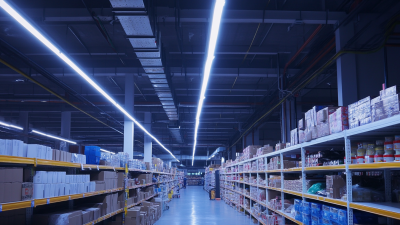
China's Top-Grade Factories: Delivering Unmatched Best LED Shop Lights for Global Buyers
-
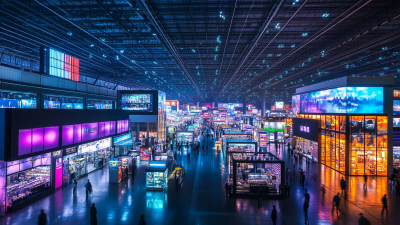
Innovative Led Lighting Solutions Shine Bright at the Successful 137th Canton Fair in Guangzhou
-
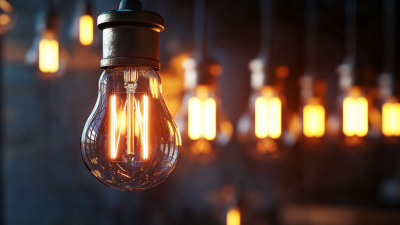
Innovative Solutions for Efficient Energy with Best Into Led Lighting
